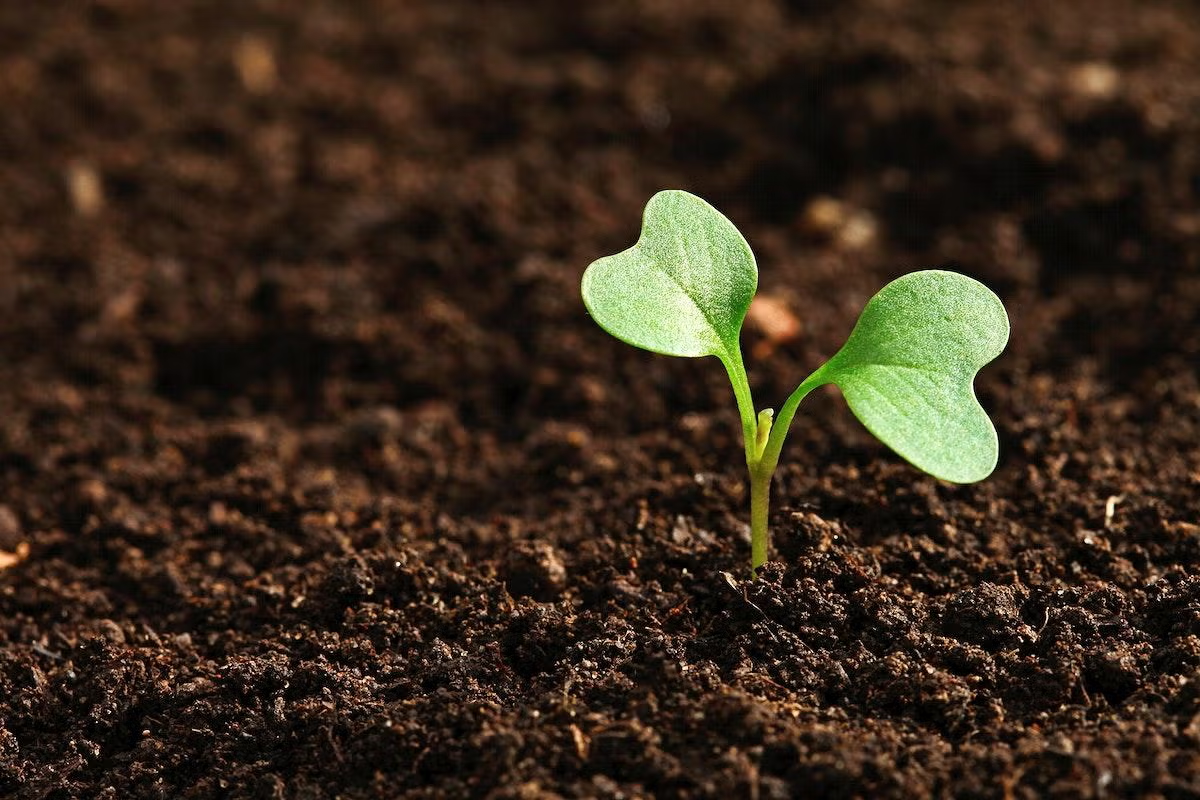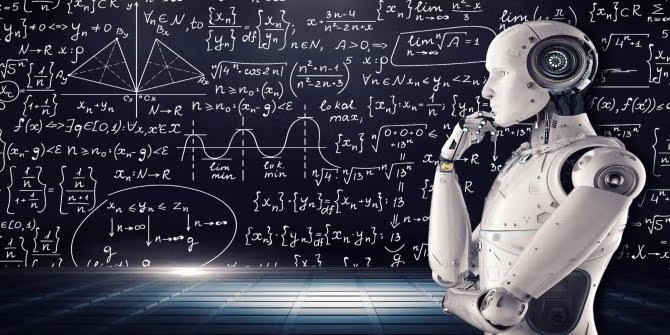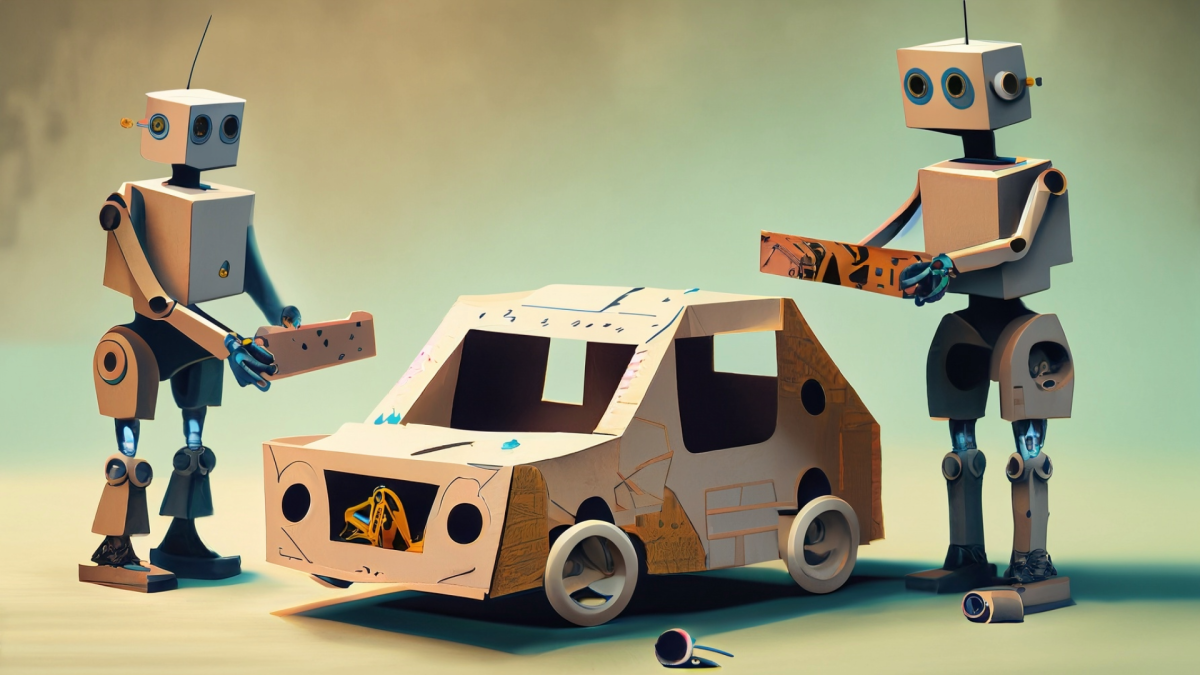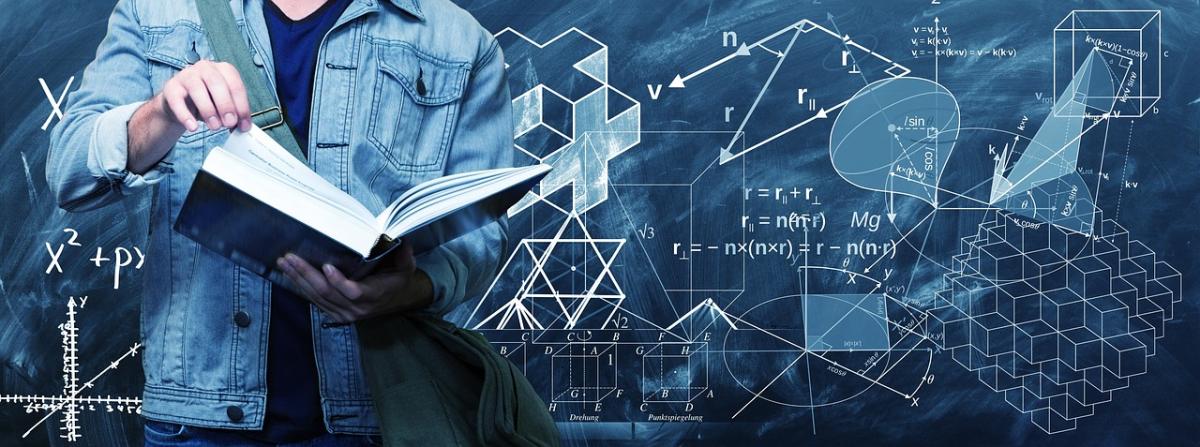
In this lesson, students will: Identify pulleys in our world Discuss how pulleys make work easier Plan and construct an elevator of their own design that incorporates a pulley Provide and receive

This lesson serves as the introduction to an 8 lesson series or unit on simple machines. This series will present dozens of activities to introduce your students to simple machines, culminating in the

This is a junior high lesson on plant grafting that can be done in a classroom setting or with an after-school club such as botany. This lesson can be easily modified for any grade level. In this

This is a hands-on, collaborative lesson that allows the students to include art and presentation skills in the project. The students research various aspects of a selected planet and then presents

Students will build a paper marble run out of recycled paper which maximizes the time of travel. Students will then analyze the run with energy diagrams and determine how much energy was lost.

In this lab, we will be completing a set of tasks that will help us develop a better understanding of the formation and parts of both transverse and longitudinal waves.

This lesson, is one to make your students taste buds jump for joy as they get to create their very own edible eyeball cookie. This is a great STEM lesson to use when learning about the parts and

This lesson plan focuses on force and how it can be applied through the paper ball launcher. Students will build a launcher using the engineering design process and use the model to hit a target at

This unit will pair the popular game of Minecraft with the United Nations Sustainable Development Goals to develop a safe community for refugees and countries in crisis. Throughout the unit, you will

This is lesson 4 in a 4 part roller coaster project for 6th grade. In this lesson, students will create a news report on Canva to demonstrate the kinetic and potential energy in their roller coaster

This is the 3rd lesson in a 4 part roller coaster project for 6th grade. In this lesson, students will design and build a roller coaster that fits the criteria and follows a budget. Students will

This is the second lesson in a four part roller coaster project for 6th grade. In this lesson, students will learn about friction and gravity. Students will test different materials to determine which

This lesson uses the knowledge of circuits (lessons 1 and 2) to make a battery-powered car. We used a tutorial from Tinkercad and designed our own body of a car. Then, I printed their cars. They

This lesson shows how to make an electric car using a small motor and battery. Students created a car, attached a battery and on/off switch, and collected data. The data collection sheet is included

Students will create a Google slideshow presentation to document their progress through the engineering design process, which includes: researching the science of sound, then creating an instrument

The owl pellet dissection is an engaging lesson where students will be looking closely at regurgitated pellets and discovering energy transfer through the owl and their prey. Students will be creating

In the Kindergarten aerodynamics lesson, young learners embark on an imaginative journey into the world of flight. Through a captivating exploration of flying objects like kites, birds, and paper

Students will use geometric reasoning and the engineering design process to construct solar ovens while learning about renewable energy.

Students create a reindeer to learn about force and see how far their reindeer can fly. They can track their distance and make improvements on their reindeer. Enrichments students can see how weight

Marvelous Mexican Jumping Beans
In this third-grade lesson, students will make educated guesses about the "mystery object." Students will record what they notice and wonder about Mexican Jumping Beans. Students will create a game

This interactive 4th-grade lesson plan focuses on erosion and weathering, key concepts in understanding Earth's geology. In "Dynamic Earth," students use an interactive simulation to explore how

Students are expected to design the interior of a tiny house for a client who wants to maximize their small space but not skimp on style and functionality.

This lesson is an activity to show how projectile motion and many other motions in nature fallow a parabolic curve. Students will manipulate that knowledge and analyze data using small play tanks to

Using the book "Those Darn Squirrels" by Adam Rubin, students will design and create a bird feeder to let the birds IN and keep the squirrels OUT! Communication, collaboration, and creativity are key


